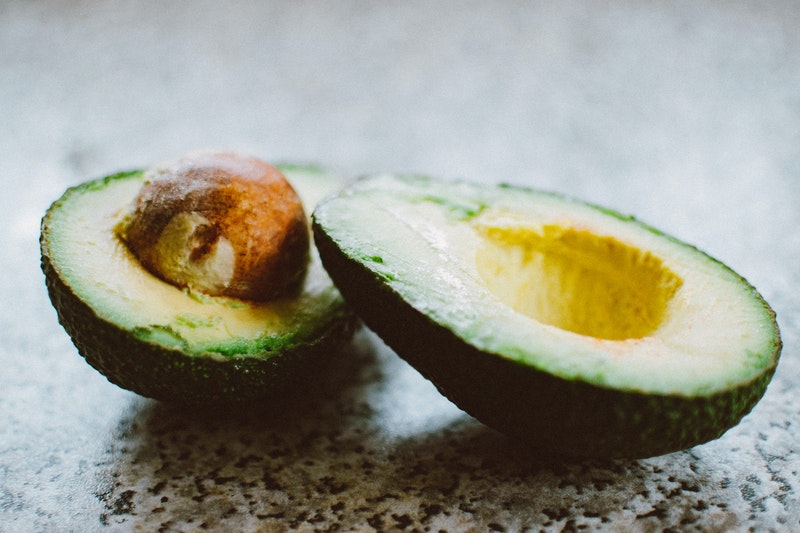
How do you know if an avocado is bad?
Typically, you buy an avocado to make a delicious dish. But you are not sure if the avocado is in good condition or not, and you don’t want to damage the dish with a damaged ingredient, but you also don’t want to open the avocado when it is not ripe.
Knowing the maturity level of the avocado is a knowledge that is passed down from generation to generation. Sadly, not everyone knows how to identify an avocado in good condition. If you don’t know when the avocado is ripe or bad, check out the tips we teach you in this post.
How to know if the avocado is not fit for consumption
Believe it or not, there are many ways to discover the level of ripeness of an avocado, to know if it can be eaten or not. Here are some signs to know if your avocado is ripe or has exceeded its shelf life.
The color of the skin
This sign depends on the type of avocado you are evaluating. The Hass avocado, for example, is a type of avocado that grows all year round and one of its particularities is that its skin turns purple as it matures. In this case, the avocado should ideally be dark purple. If it has turned completely black, it is because it is bad.

Other avocados always stay green and have other signs. If it is too tender, commonly the skin will be shiny. But if the skin has white spots, signs of mold, or dents, possibly the avocado has rotted.
Its odor
Another way to identify the maturity of the avocado is by its smell. Its smell should be like that of all avocados. If the fruit gives off a rancid smell, it is possible that the avocado is damaged.
Softness of the fruit
You can also tell the ripeness of the avocado by its softness. Press the fruit a little with your fingertips on the underside. If it is too hard, it is still tender. But if it is so soft that dents are marked, it may have been damaged, although there can be exceptions.
Ideally, the avocado should give a little when you press it, but return to its main shape. This is the exact point at which to eat the avocado.
Removing the stem
Removing the stem from the avocado is another good indication. First, check to see if the stem comes off easily. If it does, it is ripe, otherwise you will still have to wait a little longer.
But since this is not enough, you can check the color of the avocado’s navel (the space left when the stem is removed). The ideal color is yellow. If it is too tender, it will look very green. But if it has rotted, it will be brown.
The color of the flesh
There is no better way to tell how ripe an avocado is than to cut it open and look inside. Check especially the color of the flesh. If most of it is black or brown, you should not eat it.

But if only a few small parts have turned this color, it can still be eaten. Unless you see mold, in which case it is no longer recommended.
Because of its taste
But if you are still not sure, you can taste the avocado to find out for sure. Do not take the brown parts, but the flesh that is still green (or yellow).

If its texture is creamy, smooth and taste is still sweet, it can be eaten. If you feel a bitter or unpleasant taste, the avocado is bad.
How do I know when I can’t eat avocado?
A slight sign of spoilage is not a reason not to use avocado. There are some occasions when the avocado is still edible, even though it’s a little stale. And it’s still healthy! Here are some recommendations:
- It has few brown spots. Just remove these spots and eat the rest of the avocado.
- If it is too brown, use it in smoothies, guacamole or dressings. Since it will be combined with other ingredients, you won’t taste the bitter taste.
- If it is moldy and no longer edible, you can use it as a homemade hair conditioner. It is quite nourishing and healthy for our scalp.
If you want to eat the best avocados, take a look at the Hass avocados we offer in our store.

